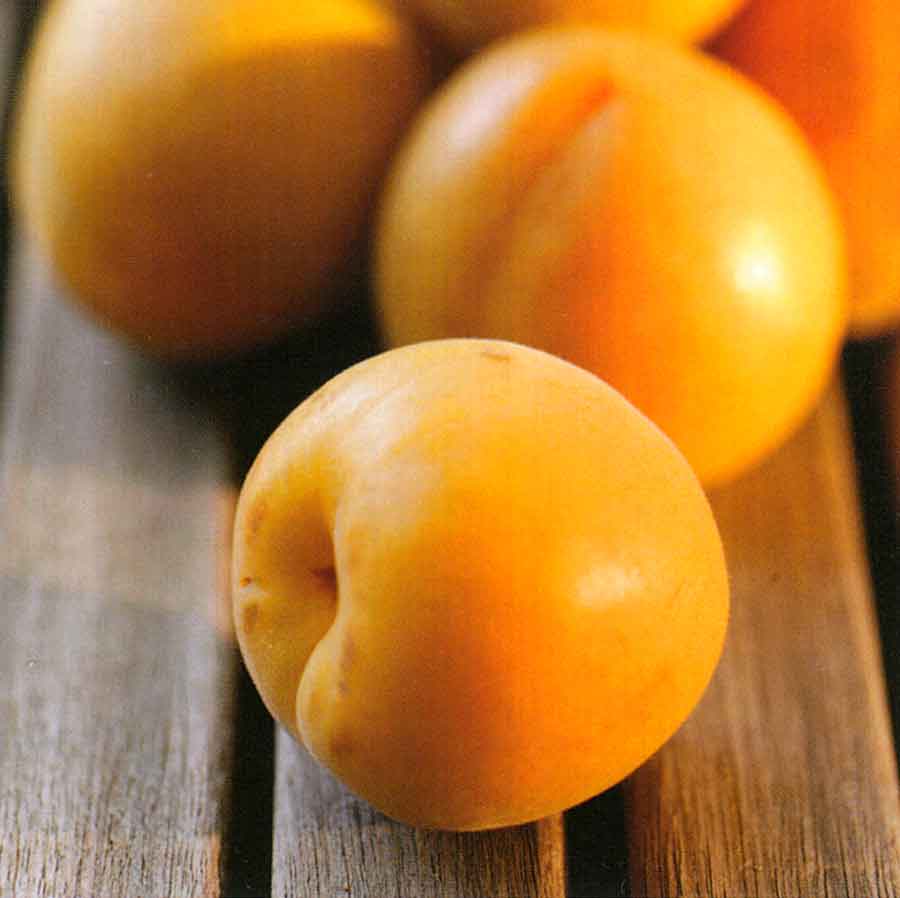They are laxative, antioxidant and natural sweeteners. Apricots are available from late May to mid-August.
How to Choose Apricot
Look for plump, firm apricots with a red blush. Avoid fruit that is pale yellow or green-yellow, very firm, very soft, or bruised.
How to Store Apricot
Ripen firm fruit at room temperature until it yields to gentle pressure and is golden in color. Refrigerate ripe fruit up to 2 days.
Suggestions: Eat raw, dried or cooked in muffins with apricot filling; in the fruit compote; as a snack with peanuts.
Nutrients and Calories
Contain potassium, calcium, copper, magnesium, vitamins B6 and C, beta-carotene, boron and iron. Potassium: Best sources include apricots, bananas, figs, potatoes, raisins, garlic, legumes and squash.
Tips and Notes
- Note: The apricots excuse themselves but they couldn’t make it for the photo shooting.
- Pack fresh fruits such as apples, pears, bananas, apricots, tangerines (none of these need refrigeration), dried fruits, yogurt, wholesome bread, boiled eggs, whole grain cereal, soy milk or regular low fat milk.
- Multigrain crepes with banana-strawberries-apricot puree filling, and soy milk.
- Boil 4 dried figs, 5 dried prunes, and 5 naturally dried apricots (brownish color), 6 dried yellow plums, 1 fresh green apple, and 2 cups water.
- MENU COMBINATIONS: Banana bread with green apple slices + 1 tbsp sweet and sour apricot puree. A fruit sandwich made with two slices of dark bread filled with apple, banana, dried apricot and peanuts, and a spread of low fat yogurt.

